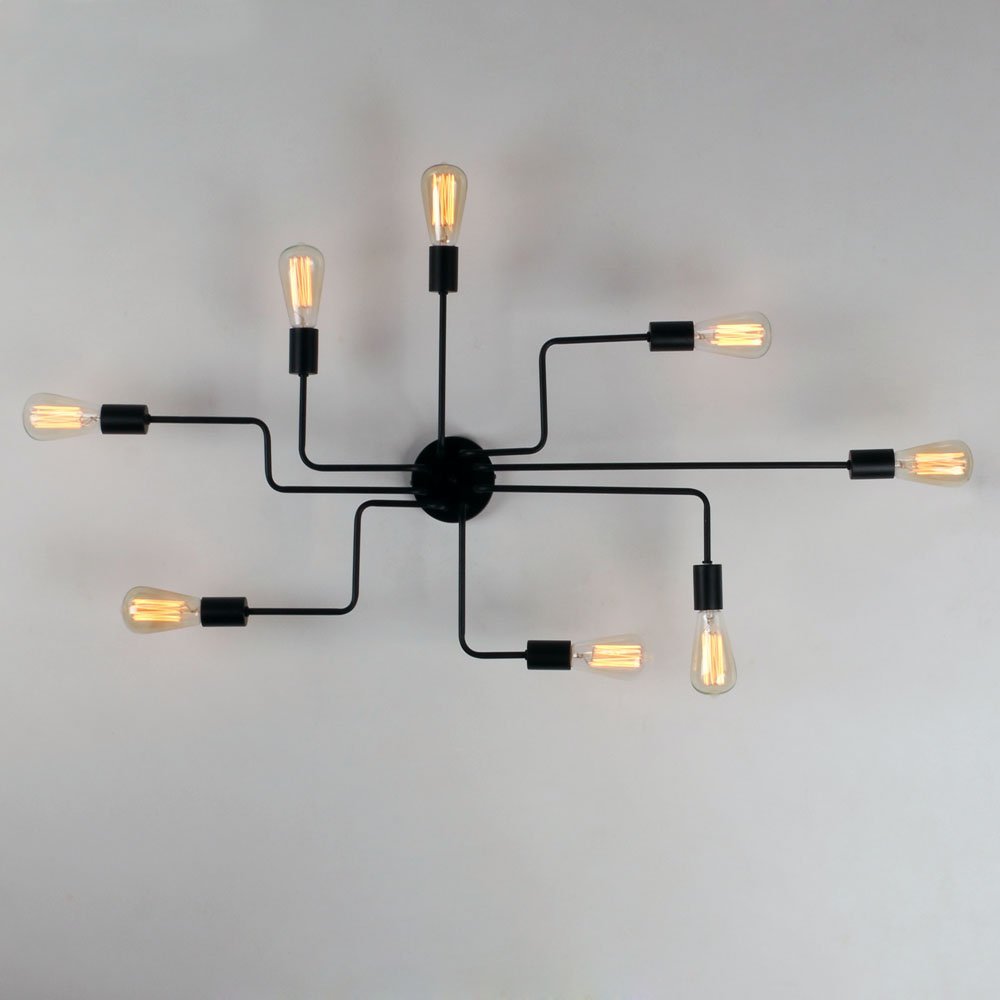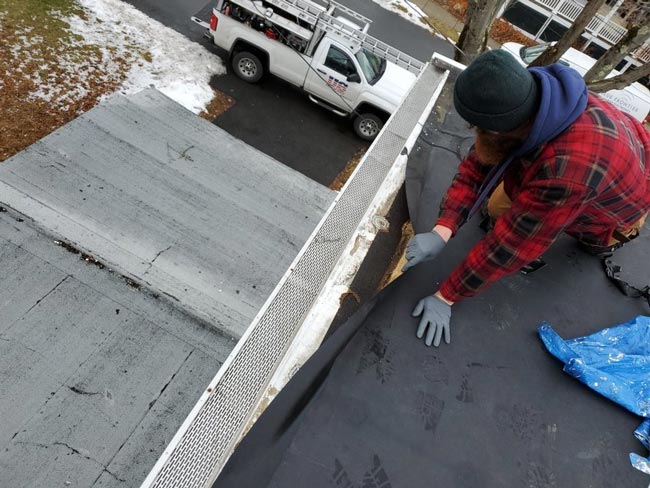Insider’s Guide: Property Inspection Tips
Property inspections are a crucial step in the home buying process, providing buyers with valuable insights into the condition of a property and uncovering any potential issues or concerns. Whether you’re a first-time buyer or a seasoned investor, understanding how to navigate property inspections effectively can save you time, money, and headaches down the line. Here’s a comprehensive guide to property inspection tips to help you make informed decisions and ensure a smooth inspection process.
Research and Preparation
Before scheduling a property inspection, it’s essential to do your research and come prepared. Familiarize yourself with the property listing, including its features, amenities, and any disclosed issues or concerns. Take note of any specific areas or systems you want the inspector to pay extra attention to during the inspection. Additionally, gather relevant documents and reports, such as seller disclosures and previous inspection reports, to provide context and background information to the inspector.
Hire a Qualified Inspector
Choosing the right inspector is paramount to the success of your property inspection. Look for a qualified and experienced inspector who is licensed, insured, and knowledgeable about local building codes and regulations. Ask for recommendations from your real estate agent, friends, or family members who have recently purchased properties. Interview potential inspectors to ensure they have the expertise and professionalism to conduct a thorough inspection and provide accurate assessments.
Attend the Inspection
Whenever possible, attend the property inspection in person to gain firsthand insights into the property’s condition and ask questions directly to the inspector. Walking through the property with the inspector allows you to observe any issues or concerns they identify and receive immediate clarification or recommendations. Take notes, ask for explanations, and seek clarification on any areas of uncertainty to ensure you have a comprehensive understanding of the property’s condition.
Focus on Structural Elements
During the inspection, pay close attention to the property’s structural elements, including the foundation, walls, roof, and framing. Structural issues can be costly to repair and may indicate underlying problems with the property’s integrity. Look for signs of cracks, water damage, uneven settling, or sagging, which may indicate structural deficiencies or maintenance issues. Addressing structural concerns early can prevent costly repairs and ensure the safety and stability of the property.
Evaluate Mechanical Systems
Inspecting the property’s mechanical systems is another critical aspect of the inspection process. Evaluate the condition and functionality of the HVAC system, plumbing, electrical wiring, and appliances to ensure they are in good working order. Test switches, outlets, faucets, and appliances to identify any malfunctions or deficiencies. Pay attention to signs of leaks, corrosion, or inadequate performance, which may require repairs or replacements.
Assess Exterior and Interior Features
Take the time to assess both the exterior and interior features of the property during the inspection. Examine the condition of the exterior siding, windows, doors, and landscaping for signs of damage, deterioration, or neglect. Inside the property, inspect the walls, ceilings, floors, and fixtures for visible defects, such as cracks, stains, or
























